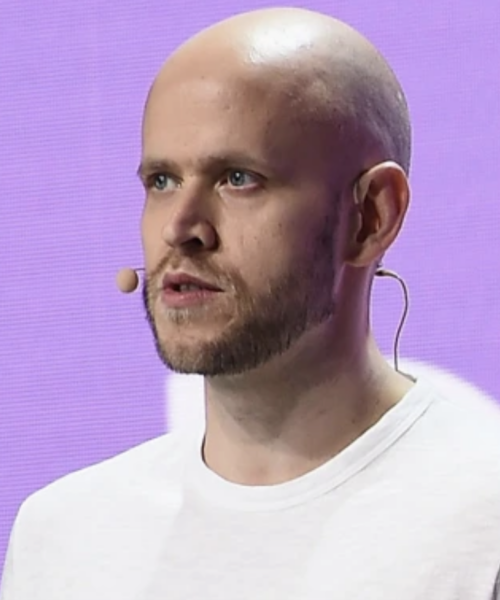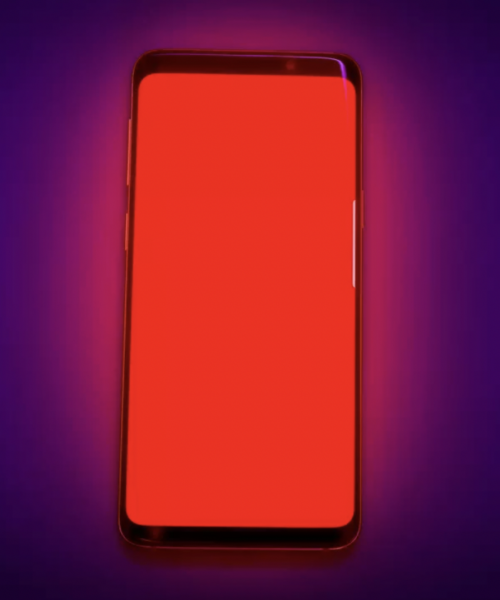BY RICK PORTER | HollywoodReporter.Com
Troy Warren for CNT
In a big break from the past, Netflix endorses the ratings service’s findings on total TV usage.
The notion that streaming is the new broadcasting just got a big piece of data to back it up.
Nielsen has released a new measure of TV usage that shows streaming platforms pulled in a bigger share of viewers’ time in May than broadcast networks did. Netflix and YouTube alone make up 12 percent of the time Americans spend in front of their TVs, the ratings service says.
Per a measurement of different platforms Nielsen is calling “The Gauge,” streaming made up 26 percent of total TV usage in May, to 25 percent for over-the-air networks. Cable has the largest slice of the TV-viewing pie, with 39 percent of total usage in May. Other activities on TV sets, including gaming and playback of physical media, make up the rest of the total.
The measurement of different platforms shows just how much viewer behavior has changed in the past year. When Nielsen announced its Streaming Video Ratings measurement in April, it noted that in spring 2020, streaming made up less than one fifth (18 percent) of total TV usage. It’s grown by eight percentage points since then, and streaming could go as high as a third of all TV usage by the end of this year.
“The past year has categorically shifted the television viewing landscape,” said Brian Fuhrer, senior vp product strategy at Nielsen. “Even as people begin to dive back into their pre-pandemic activities, based on the changes many made to enable streaming coupled with the variety of newly introduced services, we expect people to keep sampling and exploring their options. Maybe just as importantly, as production ramps back up, new content will enter the space, driving additional traction.”
The measurement of platforms also appears to have some buy-in from streamers: Netflix co-CEO Reed Hastings told The New York Times that Nielsen is “in a good place to referee or score-keep how streaming is changing the U.S. television landscape.”
Hastings also issued a call to fellow streamers — mentioning WarnerMedia chairman Jason Kilar by name — to up their games, noting that broadcast and cable together command more than twice the total usage of streaming. WarnerMedia’s HBO Max isn’t mentioned individually in Nielsen’s snapshot, and the service currently isn’t part of Nielsen’s weekly streaming program rankings.
That’s a big change from the standard line from streaming companies in recent years, which has been that Nielsen’s measurement doesn’t provide a full picture of streaming’s reach. In 2017, when Nielsen released some viewer figures for the second season of Stranger Things, Netflix said the numbers were “not even close” to accurate. (Hastings also told the Timesthat the weekly program rankings for streaming are “not very relevant” for SVOD platforms like Netflix that don’t sell ads.)
Netflix also has reason to tout the Nielsen findings, as they show that the company accounted for 6 percent of all TV usage in May. That’s tied with YouTube (including the YouTube TV bundle) for first among streamers; each makes up more than a fifth of all streaming time on TV. Hulu (including its live TV service) took up 3 percent of TV time, Amazon’s Prime Video 2 percent and Disney+ 1 percent. All other streaming combined — including Apple TV+, HBO Max, Paramount+, Peacock and Discovery+ — made up 8 percent of of total usage.
The release of “The Gauge” helps quantify the ongoing shift in viewer habits that has seen traditional, ad-supported TV decline while newer platforms — a number of them owned by legacy media companies like WarnerMedia (HBO Max), Disney (Hulu and Disney+), NBCUniversal (Peacock) and ViacomCBS (Paramount+) — jockey for market share and subscribers.
In Other NEWS


































